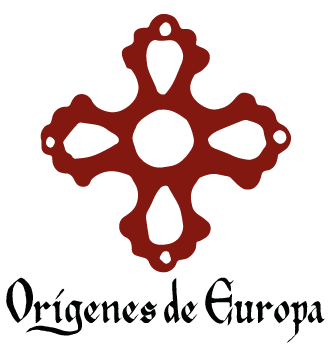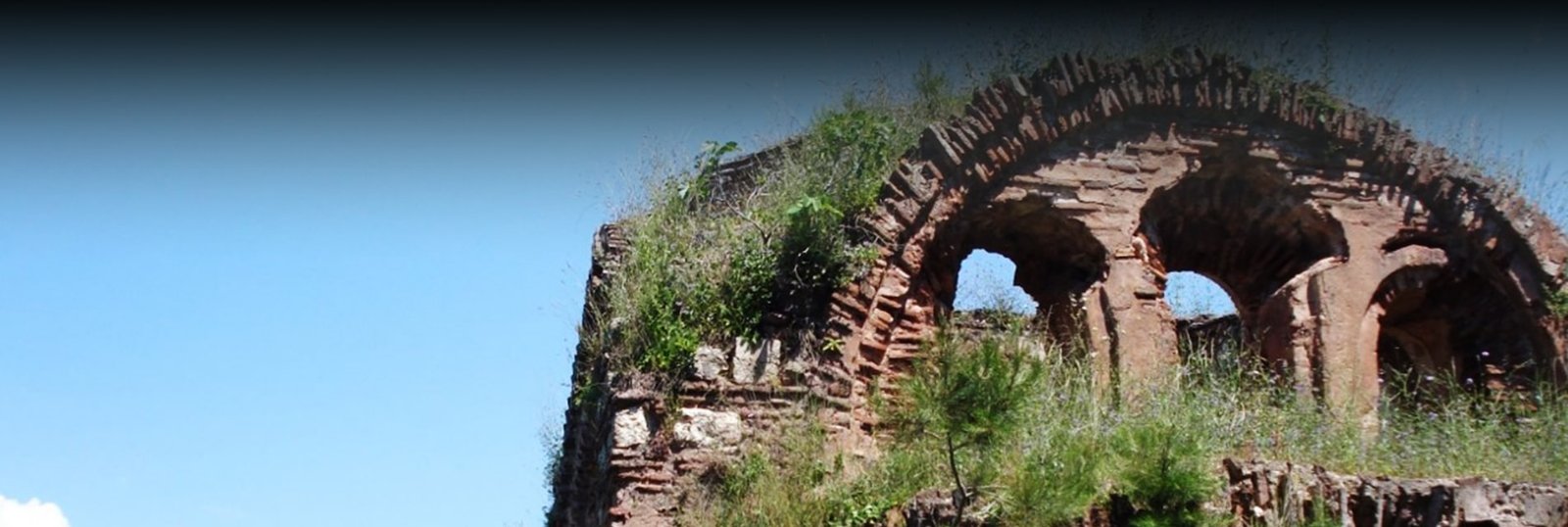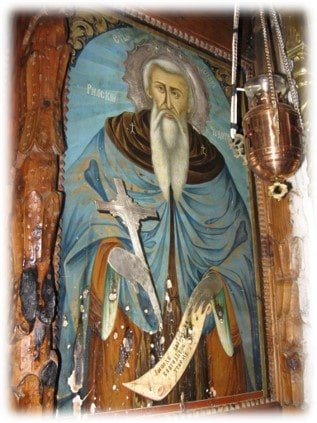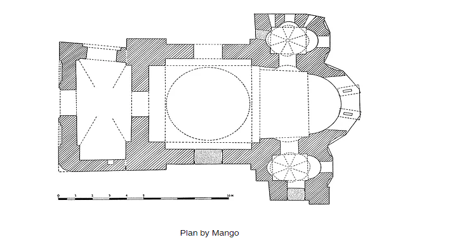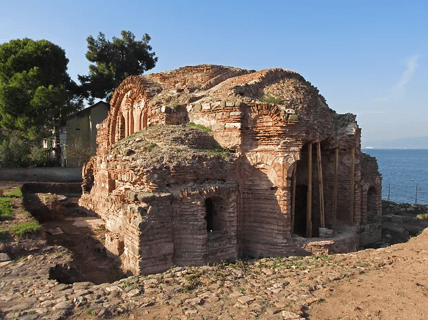Elegmoi Monastery
per person
The Elegmoi Monastery is located near the modern village of Kurşunlu on the south coast of the Sea of Marmara. The existing structure, Aberkios Church, was its main church. The monastery was erected on a previous basilica from the 5th-6th centuries. Modern excavations revealed its existence on the north side of the present church. In the 10th and 11th centuries, the monastery was mentioned in the sources as “Heliou Bomon”.
The preserved building has been identified with the Elegmoi monastery restored in 1162 by the Byzantine official Nicephore Mystikos. Its foundation charter (typikon) regulated the monastic life for the 20 monks in total. It is probable that the monastery was used as place of exile as the name Elegmoi means literally “penal convictions”.
FORMAL ANALYSIS
The church is damaged with the major destruction located on the central dome, which has collapsed. In general, the building bears characteristic elements of the Byzantine architecture of the 11th-12th centuries such as the tympana, the form of the bema and the tripartite apse, whose central part protrudes more than the other two.
The church consists of a single nave with a dome with a diameter of ca. 5 m. It had also a narthex and an apse which is little broader that the nave. The side parts of the apse were domed with pumpkin domes (=A dome separated to small arched segments, usually visible only on its inside, but sometimes also projecting on the outside.). Windows were also positioned in all three parts of the apse.
On the western side of the nave prevails a tympanon with three large windows. The narthex was covered by a groin-vault (=A vault formed over square or rectangular spaces by the interpenetration of two barrel-vaults of equal hight and diameter. The lines of the intersection form a diagonal cross) and had an irregular shape.
The masonry of the church uses mostly brick bands interchangeably with stone layers but in some points there are three or more successive courses of brick.
From the sixth-century phase have survived sculpture elements which were used as spolia in the interior of the church, for example as capitals. There are however other carved elements from later phases such as a marble slab dated in 1196. The recent excavations brought to Up to the 20th century the frescoes of the church could be seen but in the 1060s they were seriously damaged. However, they were not Byzantine but dated in the seventeenth or eighteenth century.
EKATERINI MITSIOU
- Elegmoi monastery © PHOT. EKATERINI MITSIOU
- Elegmoi monastery © PLAN. C. MANGO, 1968
- ELEGMONI MONASTERY, EXTERIOR © PHOT. https://www.thebyzantinelegacy.com/aberkios
- ELEGMONI MONASTERY, INTERIOR WITH three windows in Western tympanon © PHOT. EKATERINI MITSIOU
- MONASTIC CHURCH OF ELEGMOI (CAPITALS) © PHΟT. C. MANGO, 1968
- ELEGMOI MONASTERY, INTERIOR, MARMOR SLABS © PHOT. EKATERINI MITSIOU
Tour Location
Elegmoi Monastery
| Other monuments and places to visit | The monasteries in Mudanya area |
| Natural Heritage | |
| Historical Recreations | |
| Festivals of Tourist Interest | |
| Fairs | |
| Tourist Office | No |
| Specialized Guides | No |
| Guided visits | No |
| Accommodations | No |
| Restaurants | |
| Craft | |
| Bibliography | |
| Videos | |
| Website |
| Monument or place to visit | Monastery of St. Aberkios at Kurşunlu, Bursa, Turkey |
| Style | Remains of the 12th century |
| Type | Monastic architecture (Byzantine) |
| Epoch | 12th c (1162) |
| State of conservation | Only the main church remains without the dome |
| Degree of legal protection | unknown |
| Mailing address | Atatürk Mh., Gemlik Mudanya Yolu, 16600 Gemlik/Bursa, Türkei |
| Coordinates GPS | 40°21'42.43N 29° 1'35.26E |
| Property, dependency | |
| Possibility of visits by the general public or only specialists | General public visits |
| Conservation needs | Yes |
| Visiting hours and conditions | No specific days and hours |
| Ticket amount | No ticket |
| Research work in progress | Excavations in the 1990s |
| Accessibility | Good |
| Signaling if it is registered on the route | |
| Bibliography | Cyril Mango, The Monastery of St. Abercius at Kurşunlu (Elegmi) in Bithynia. Dumbarton Oaks Papers 22 (1968), 169-76 M.I. Tunay et al., Recent Excavations in the Church of Hagios Aberkios, Kursunlu, Province of Bursa (Turkey), Cahiers Arch 46 (1998) 65-72 Robert Ousterhout, Master Builders of Byzantium. Philadelphia 1999, 97, 164, 222, 226-27, 231 -Mark Joseph Johnson, Robert G. Ousterhout and Amy Papalexandrou, Approaches to Byzantine Architecture and Its Decoration: Studies in Honor of Slobodan Ćurčić, Farnham 2012, 105. |
| Videos | |
| Information websites | wikipedia.org thebyzantinelegacy.com |
| Location | Kurşunlu, Bursa, Turkey |
